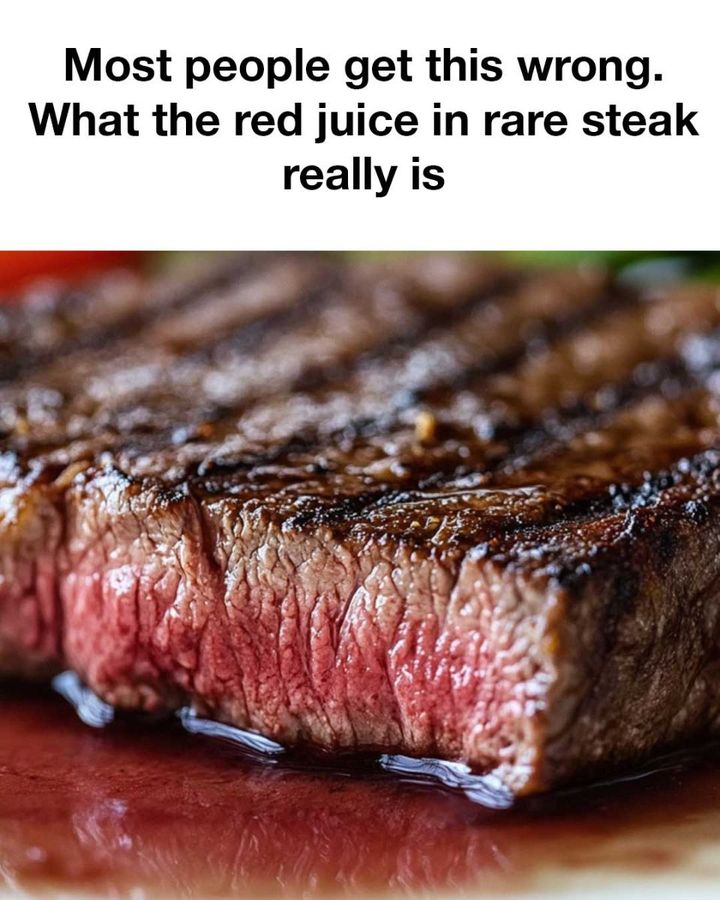When it comes to enjoying a steak, particularly a rare one, many diners are hesitant due to a common misconception. The sight of red juice often leads to the belief that the steak is bloody, causing unnecessary wariness or even aversion. However, this assumption is far from accurate, and understanding the true nature of this ‘red juice’ can enhance your appreciation of a well-cooked steak.
Understanding the Basics of Meat Composition
To dispel the myth surrounding the red juice in a rare steak, it’s crucial to understand the basic composition of meat. Meat, or muscle tissue, is primarily made up of water, proteins, and fats. Among the proteins present, myoglobin plays a particularly significant role in meat’s coloration and juiciness.
What Is Myoglobin and Its Role in Meat
Myoglobin is a heme protein responsible for transporting oxygen in the muscle cells of animals. Structurally similar to hemoglobin in blood, myoglobin binds oxygen molecules and stores them in muscle tissue, aiding in muscle metabolism and endurance. This protein is also the key factor behind the redness seen in meat.
The Source and Function of Myoglobin in Muscles
Myoglobin’s primary function in muscle tissues is to store and release oxygen when needed, especially during periods of muscular exertion. Its concentration varies with the type of muscle and the animal’s activity level, meaning muscles used more frequently for movement tend to have higher myoglobin levels, contributing to darker meat.
Debunking the Myth: Why It’s Not Blood
Contrary to popular belief, the red juice in a rare steak is not blood. Most of the blood is removed during the slaughter and processing of meat. The red liquid that pools in rare steak is actually a mixture of water and myoglobin, released from the muscle fibers during cooking. This fluid is completely safe and a natural part of the meat’s composition.
The Cooking Process: Changes in Myoglobin
As steak cooks, myoglobin undergoes several transformations. In raw meat, myoglobin is in its natural state, appearing red. As the meat reaches medium levels of doneness, the myoglobin’s iron atoms oxidize, turning brownish, which is why well-done meat has a more browned appearance. Rare steak, being cooked to a lower temperature, retains its reddish myoglobin-rich juices.
Color and Juice: Indicators of Steak Doneness
Next Page
